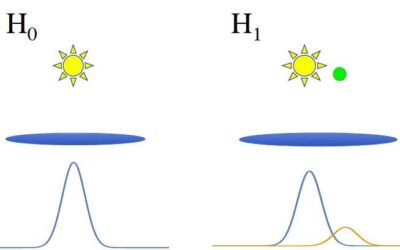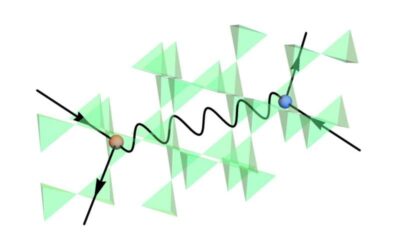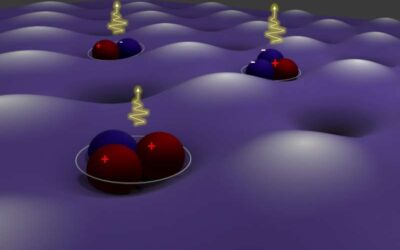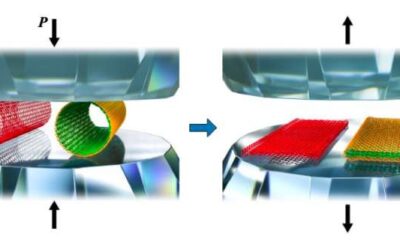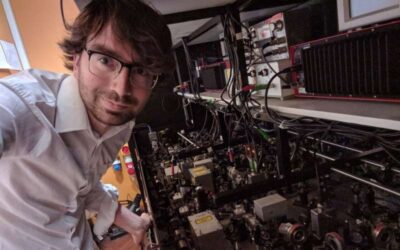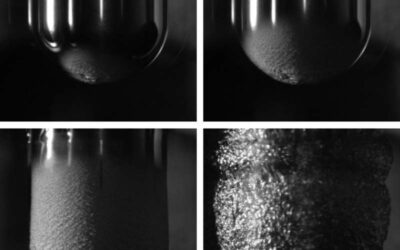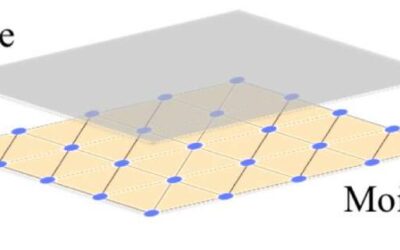Quantum computing systems, computer systems that are based on the key principles of quantum theory, could significantly outperform conventional computing systems, both in terms of speed and performance. Over the past decade or so, many physicists worldwide have thus...
PHYS.ORG
A new theory to test hypotheses and methods for exoplanet detection
Countless astrophysicists and astronomers are actively searching for unobserved celestial bodies in the universe, as detecting these bodies could improve our understanding of space and help to address unanswered astrophysical questions. Among these elusive objects are...
Study finds that the fine structure constant of quantum spin ice is large
Quantum electrodynamics (QED) is the fundamental quantum theory governing the behavior of charged particles and light in vacuum. The strength of the interactions in QED is quantified by the fine structure constant α, which in our universe is both immutable and eternal...
Study unveils the quantum nature of the interaction between photons and free electrons
For several decades, physicists have known that light can be described simultaneously as a wave and a particle. This fascinating 'duality' of light is due to the classical and quantum nature of electromagnetic excitations, the processes through which electromagnetic...
Researchers observe moiré trions in H-stacked transition metal dichalcogenide bilayers
In physics, the moiré pattern is a specific geometrical design in which sets of straight or curved lines are superposed on top of each other. Recent studies have found that bilayers of transition metal dichalcogenide materials arranged in moiré patterns could be...
A technique to create sub-10-nm graphene nanoribbons from squashed carbon nanotubes
Graphene nanoribbons (GNRs) are narrow and long strips of graphene with widths below 100 nm. GNRs that have smooth edges, a sizable bandgap and high charge carrier mobility could be highly valuable for a wide range of electronic and optoelectronic applications. So...
Study demonstrates the robust storage of qubits in ultracold polar molecules
Molecules have a very intricate and rich structure, which allows them to rotate and vibrate freely. As a result, they have an almost limitless space in which computer scientists could encode quantum information. In addition to their vast internal space, molecules are...
A strategy to control phase selectivity in templated zeolite synthesis
Zeolites, groups of minerals comprising of hydrated aluminosilicates, are known to be highly promising materials for a number of applications. For instance, they can be used as catalysts, cation exchangers and molecular sieves.
Study unveils the minimum temperature for droplets levitating from smooth surfaces
The Leidenfrost effect is a well-known physical phenomenon first discovered in 1756. It occurs when a liquid is in the proximity of a surface that is significantly warmer than its boiling point. This produces an insulating vapor layer that prevents the liquid from...
Researchers achieve charge-order-enhanced capacitance in semiconductor moiré superlattices
In recent years, electronics engineers have been experimenting with new materials that could be used to study electronic correlation phenomena. Van der Waals (vdW) moiré materials are particularly promising for examining these phenomena. VdW materials are composed of...


